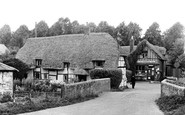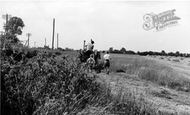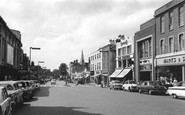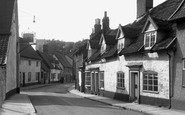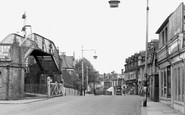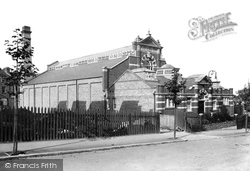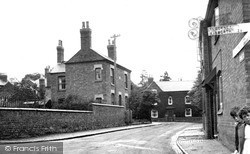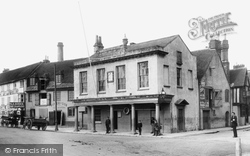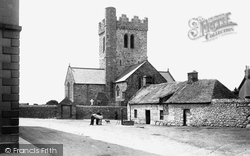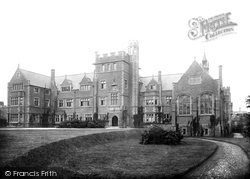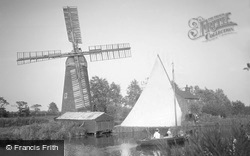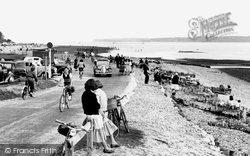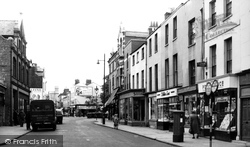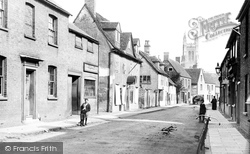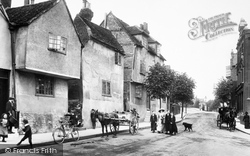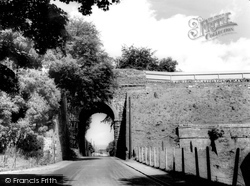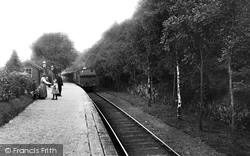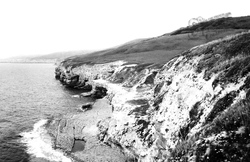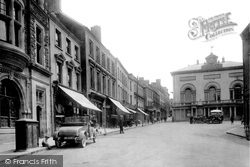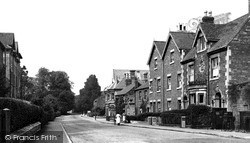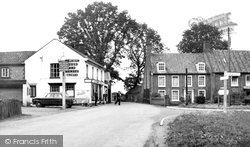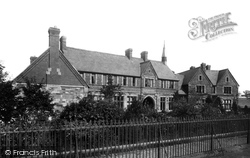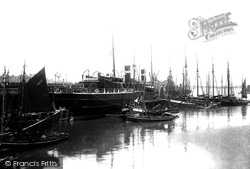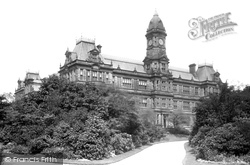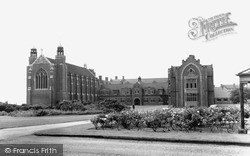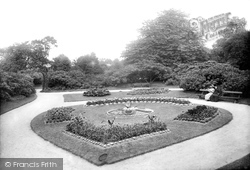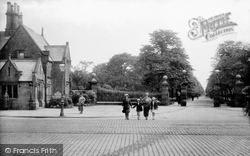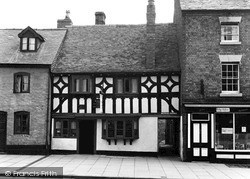Places
2 places found.
Those places high-lighted have photos. All locations may have maps, books and memories.
Photos
6 photos found. Showing results 321 to 6.
Maps
69 maps found.
Books
1 books found. Showing results 385 to 1.
Memories
3,878 memories found. Showing results 161 to 170.
3 Eardiston View Menith Wood
I was around six when we moved from Bliss Gate to Menith Wood and left Menith Wood when I just turned fourteen. For the eight years to me Menith Wood was the best place in the world just a peaceful hidden clean ...Read more
A memory of Menithwood by
The Old Thatch
Ah, The Old Thatch. I remember it well, for this is where I grew up from the early 1940s until 1956. By today's standards it was grim: no heating, no running water, no flush loo - nothing. Yet it was a wonderful place in which ...Read more
A memory of Nether Wallop in 1940 by
Ex Battersea Boy
Lived in Battersea from 1949 to 1969, Boutflower Lane, Holgate Avenue, Mayford Close. Went to Falconbrook School and Balham Central. Many happy memories of friends and places all over Battersea despite the sometimes gloomy areas and the bomb sites. Open to contact if you wish to reminise.
A memory of Battersea
I Remember This Coronation, 2nd June 1953.
The biggest reason I remember the 1953 Coronation was because it was the first time I had ever seen a television. I was only very young in 1953 but I was privileged to be able to watch Queen Elizabeth's ...Read more
A memory of Lincoln by
Harvesting At Bridgemans Farm
am 100% sure of details of this print. The place is Bridgemans Farm, Latchingdon, near Maldon, Essex, and the Year is 1960 (exactly). The tractor is being driven by Stuart Baker on the fields of the farm. He was ...Read more
A memory of Latchingdon by
Harvesting At Bridgemans Farm
The site of this 1960 print is Bridgemans Farm, Latchingdon, near Maldon, Essex. The tractor is being driven by Stuart Baker on the fields of this farm. He was in charge of the farm along with two of his five ...Read more
A memory of Latchingdon
Just A Memory Thanks
Just wanted to say that I love your website. I moved to Canada last year from Windsor, Berkshire but my grandfather Fred Tutt lived in Eltham for many years (owned a fishmongers). He was there along with his sister Barbara and ...Read more
A memory of Eltham by
Stubbington 1955 1960
I arrived accompanied by my father in 1955 not really knowing what to expect as I had been born and brought up in Jersey, which in those days was rather different to the mainland. My father, uncle and grandfather had all ...Read more
A memory of Stubbington by
Moat Tea Room
My parents Angela and Leslie Jecks-Wright bought the house in the picture, on the right, and made a successful business called the Moat Tea Room of it! Our house was at 64 Fore Street. We used to get coaches visiting the castle, ...Read more
A memory of Framlingham in 1970 by
I Remember This Photo Being Taken!
I am the boy in the foreground on a bike and in the background on a bike is my friend Tony. We were worried about the man staring at us, he had a big box and I guess a tripod. When we got home we said about it ...Read more
A memory of Addlestone by
Captions
516 captions found. Showing results 385 to 408.
Every week I used to walk to the baths in a crocodile of schoolboys from Sutton High School for Boys in Cheam Road, for swimming lessons. The building was demolished in 1971.
The camera proves to be a magnet to two small boys (extreme right).
On the west side, Middlesex County Council built Ealing County Boys School in 1913 in Queen Anne style. It is now part of Ealing and West London College.
The delivery boy with his basket, lounging against a pillar of the Harbour Office, seems to have adopted a far more natural pose than that of the lad nearest to him or the stiffly standing
The area in front of a church was often treated as a public place, here, two boys lead a pony to drink at the pump and atering trough beside a traditional stone cottage.
The college opened in 1868, taking 80 boarders and 120 day boys, not all Methodists. It soon became the largest school in Belfast.
The family in the boat are enjoying sailing on a light breeze, and the boy on the bank is fishing, probably for tench, although eel catching is more popular.
Girls watch the boys go by. Fashions have changed: there are no bikinis and no bare chests here.
The turreted building in the distance is the boys' grammar school, which was demolished in the mid 1960s.
Boys watch the photographer, a woman goes shopping and a delivery is made by horse and cart.
Three young boys in the distinctive uniform of Christ's Hospital school at Horsham, accompanied by a lady, pass by the 16th- and 17th-century cottages which stood at the beginning of Farnham Road.
Children have been playing near railway lines for generations and the temptations of two lines so close together were obviously too much for the determined (probably) small boys who prised
The stationmaster watches carefully as the little girl is brought back from the edge of the platform by her mother, whilst the boy clutches his wicker basket.
He had the swimming pool cut into the rocks (lower centre left) so that his boys could still have their daily dip - stripped naked - when conditions were too rough for jumping into the sea.
Driving was not the stress that it is today - it is crucial that the owner of the open-topped car notices the little boy only inches behind his rear wheel!
The large building at the end of the row is the Paul David Memorial Concert Hall and Gymnasium opened by Field Marshal Earl Roberts on 30 March 1905 as a memorial to old boys who served in the Boer
The Black Boys has been a popular inn for over 100 years; behind its signpost is a fine Zephyr, one of Ford's first vehicles with independent front suspension and column gear-change.
The spire or turret on the roof of the school was removed in 1919 and replaced with a clock in memory of the old boys of the school who fell in the First World War.
Usually crewed by four men and a boy, they trawled for plaice, sole, haddock, and cod. The Morecambe Bay prawner, also known locally as a half-decker, shrimper, or nobby, was a cutter-rigged smack.
Boys stayed here until aged 15, girls until the age of 17. The orphanage closed in 1909 to become a secondary school, which merged in 1985 with Heath School.
The school still thrives as a public school, nowadays taking girls as well as boys.
There was at this time a set of swings for girls and another set for boys, and the playground was also divided. Moor Park had an open-air swimming pool as well.
There was at this time a set of swings for girls and another set for boys, and the playground was also divided. Moor Park had an open-air swimming pool as well.
The building, formerly the Black Boy, dates from the 16th century but the front elevation is part of the restoration work of 1890 by Frank Shaylor.
Places (2)
Photos (6)
Memories (3878)
Books (1)
Maps (69)

